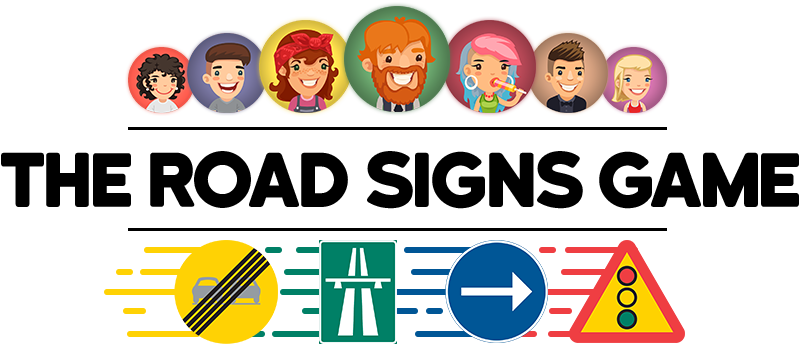 iKörkort
iKörkort
 Tests
Tests

 Language
Language

If an injured person is breathing abnormally, does not breathe at all or does not have a pulse, you should assume that they have suffered a cardiac arrest (heart attack) and immediately call 112 and begin CPR.
You perform CPR by alternately giving 30 chest compressions and two rescue breaths (mouth-to-mouth method).
When performing chest compressions, place the heel of one hand over the centre of the person's chest, between the breast areas. Place your other hand on top of the first hand. Keep your elbows straight and position your shoulders directly above your hands. Use your upper body weight as you push straight down on the chest at least five, but no more than six, centimetres. Push hard at a rate of 100 to 120 compressions a minute.
Before giving rescue breaths, you must first open the airways using the head-tilt, chin-lift manoeuvre. Then pinch the person's nostrils shut and cover the person's mouth with yours. Blow in air for about one second, or until the chest rises. Do this twice.
Do not stop the treatment to check for breathing or pulse. Continue alternately giving 30 chest compressions and two rescue breaths until help arrives or until the person is breathing normally.



